
Once upon a time getting a college degree meant reading classic literature and philosophy, learning about history and politics, studying mathematics and science, learning new languages, and debating the great issues of the day in student forums.
The billionaire class and Pentagon, however, do not want young people to think critically, or to be worldly and idealistic.
They want the university to function as a breeding ground for creation of a docile, technically skilled workforce that they can control, and as a laboratory for the development of new weapons systems and testing ground for those weapons that can help them dominate the world.
Recolonizing the Campus
On April 5, Massachusetts Peace Action and the War Industries Resistance Network hosted a webinar on the militarization of higher education featuring Michael T. Klare, the national security correspondent for The Nation magazine.

Klare warned about the Pentagon’s drive to recolonize American universities and exploit academia’s expertise for the development of new weapons, including hypersonic and robotic weapons.
According to Klare, the military-industrial-academic complex first emerged during World War II and was expanded during the Cold War when the Pentagon developed a significant presence on American campuses.
Among other things, it financed academic research in nuclear physics and radar and missile technologies, and helped to develop the hydrogen bomb along with many other weapons systems that caused methodical devastation in the Korean and Vietnam Wars.
The political awakening of the 1960s led to large-scale student protests, which influenced many universities to sever their ties with the Pentagon, or move military-related research facilities off campus.

However, since the declaration of the War on Terror and new great-power competition with Russia and China, the Pentagon is now moving back on campus with limited pushback as the government attempts to wage an “all-society struggle” to ensure U.S. military supremacy.
Developing the Weapons of the Future
An example of the phenomenon Klare was describing is the University of Texas at Austin’s emergence as a major research hub for the U.S. Army Futures Command, whose priorities include improving navigation systems in long-range artillery, mobile communication networks, and developing the next generation of vertical lift aircraft such as helicopters and drones.
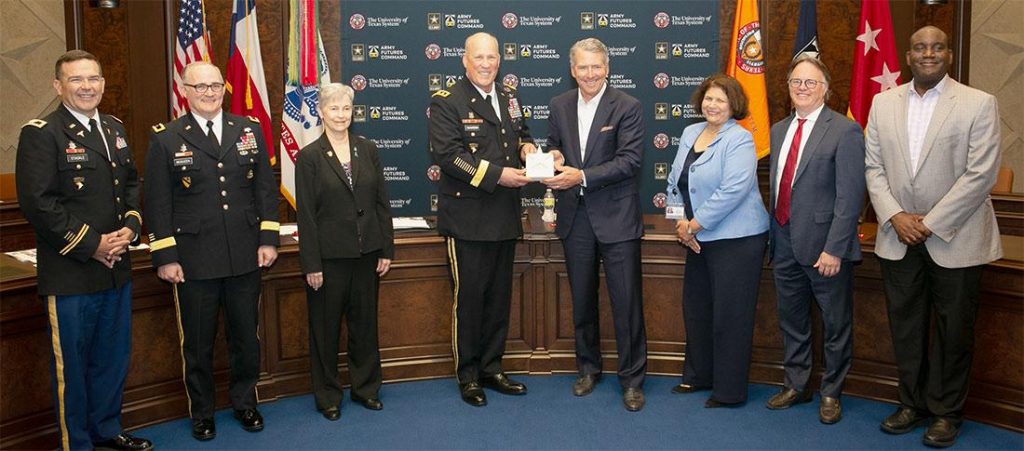
In May 2019, the University of Texas Board of Regents approved $20 million to support this collaboration, in addition to $30 million UT Austin was committing to strengthen faculty and research capabilities in areas of mutual interest with the Army.
Part of the $20 million was being used to construct a since-completed robotics research center in the Anna Hiss Gymnasium, where students and faculty members work alongside Army personnel in helping to develop cutting-edge robotic weaponry.
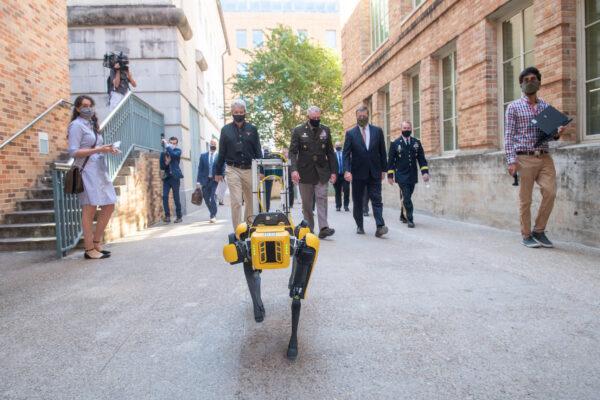
The Army Futures Command has another collaborative partnership with Carnegie Mellon University in Pittsburgh, which houses a U.S. Army Artificial Intelligence (AI) Center that leads and integrates Army AI strategy and implementation, synchronizes key development efforts, and sets the foundations for operationalizing AI within the Army.
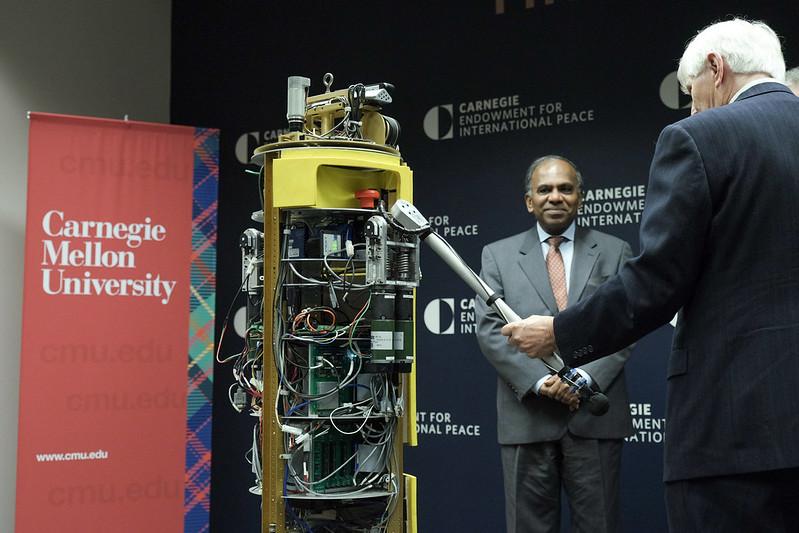
The U.S. Air Force has also recently entered an AI-focused research partnership with the Massachusetts Institute of Technology (MIT), the “Pentagon on the Charles,” whose faculty have recently been involved in the creation of insect-sized drones, and a body armor suit that would give soldiers powers straight out of a Marvel comic.
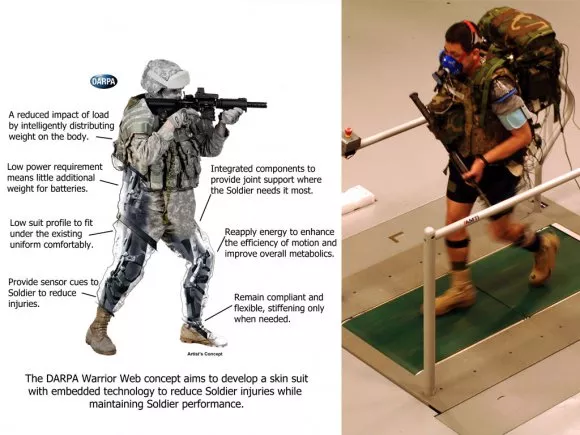
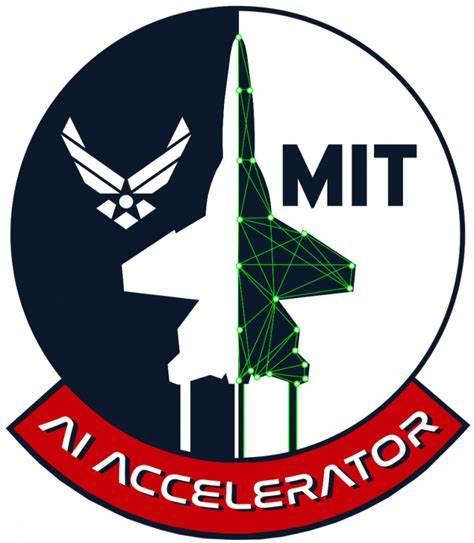
Under the $15 million per year agreement, known as the MIT-Air Force Accelerator, which is a component of the new MIT Stephen A. Schwarzman College of Computing, eleven airmen were picked to work in a research and development collaboration team intended to deploy practical AI solutions for “real-world, national security challenges.”
A new program at MIT also funded by this initiative aims to teach U.S. Air and Space Force personnel to understand and utilize artificial intelligence technologies.
Schools of Mass Destruction
A report produced by the International Campaign to Abolish Nuclear Weapons (ICAN) entitled “Schools of Mass Destruction” lists 50 universities that are involved in nuclear weapons production on campus.
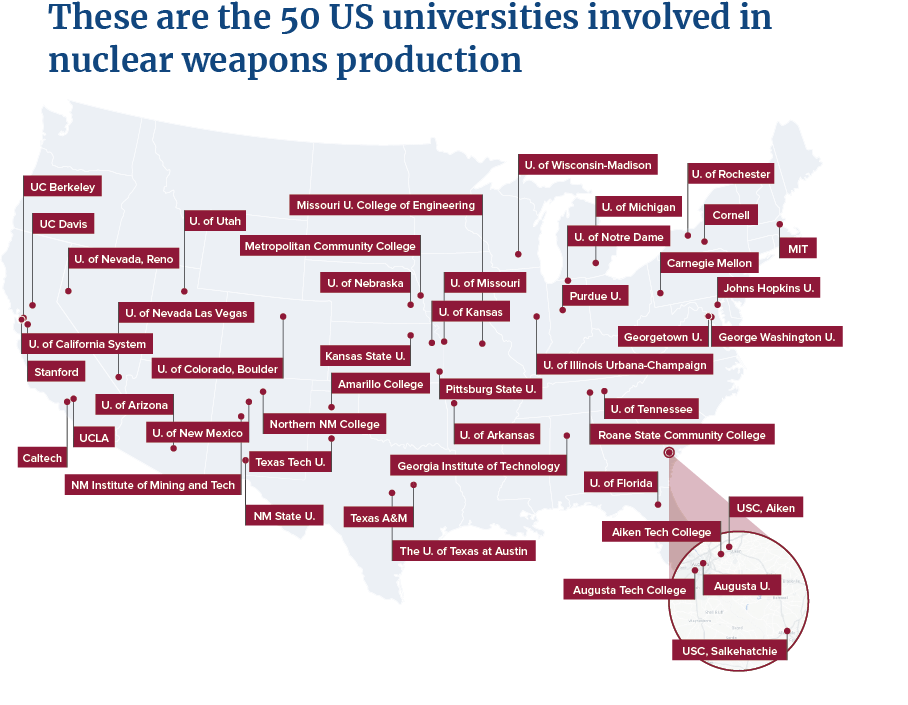
Among them is the University of Arkansas, whose engineering department, as CAM previously reported, signed a collaboration agreement in 2017 with Honeywell International, which produces 85% of the non-nuclear components of nuclear bombs in the United States.
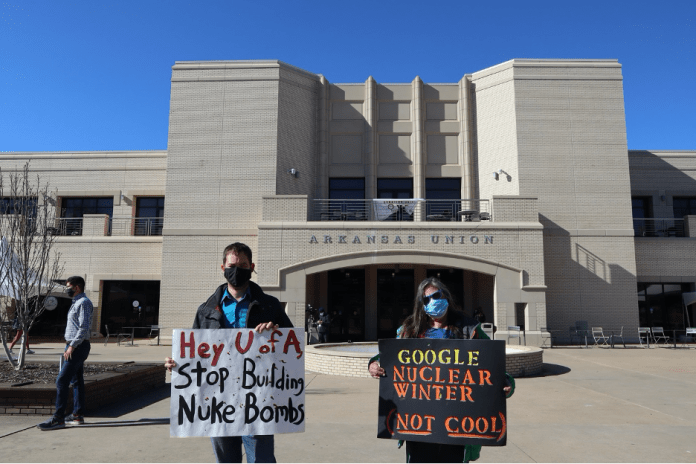
Honeywell had earlier been a target of protesters in the 1960s because of its producing lethal anti-personnel bombs that killed tens of thousands of civilians during the Indochina Wars.
The Minnesota-based company has initiated at least ten master collaboration agreements with universities since 2015 for the purpose of “facilitating closer collaboration on research and development of new technology to meet national security needs.”

Funding from the Department of Defense to higher education institutions overall has increased by more than 60% in the past 30 years.
Johns Hopkins University received $828 million in grants from the Department of Defense in 2017 alone—double the amount of any other university—including a $92 million contract with its Applied Physics Laboratory for nuclear weapons development.
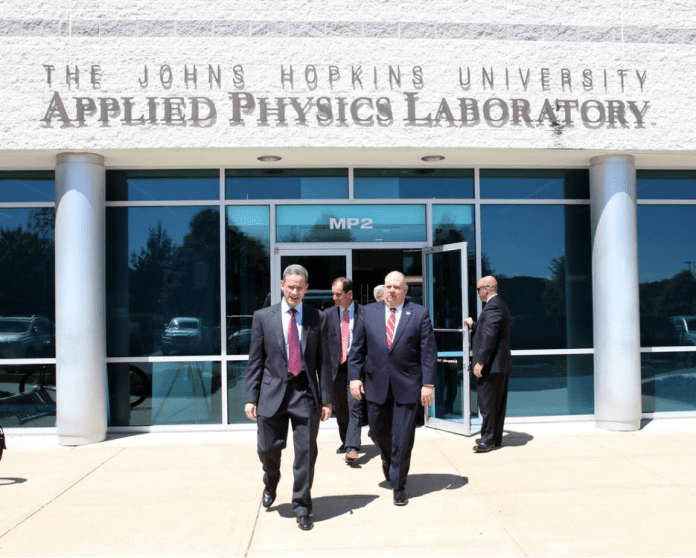
Hosting a Combat Center Named After a War Monger
Texas A&M University’s RELLIS campus, located an hour outside of Austin, Texas, looks much more like a military base than a university.
In 2020, the Texas A&M University System Board of Regents approved $79.3 million in university funding to create a new hypersonic weapons test center for the U.S. Army Futures Command dubbed the George H.W. Bush Combat Development Center.[1]
Named after the architect of the first Persian Gulf War which killed around 100,000 Iraqis, the center includes a kilometer-long enclosed tube used for hypersonic weapons tests, along with testing grounds for air and land combat vehicles.
The campus had already been used to test other priorities for Army Futures Command such as autonomous land vehicles. It currently features “laboratories, runways, underground and open-air ranges and a resilient network of sensors and systems for experimentation, data collection, analysis and storage,” according to a university release.
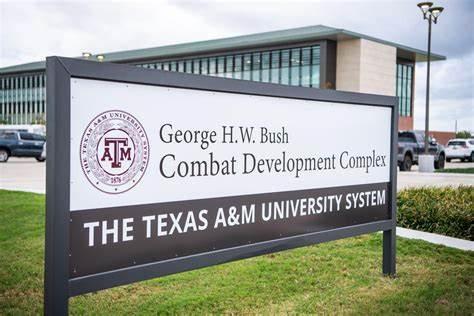
Notre Dame and Purdue University are two other universities that Klare pointed to that are involved in hypersonic missile research; both established cutting-edge wind tunnels on their campuses where hypersonic weapons can be tested.
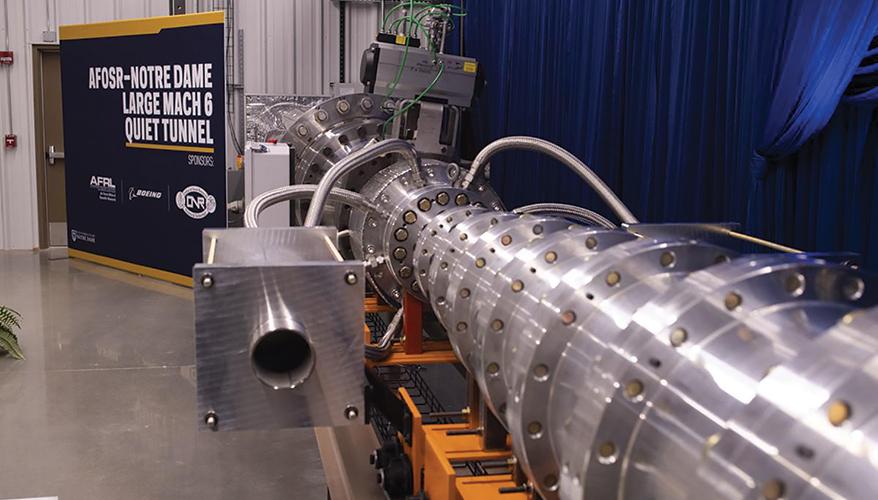
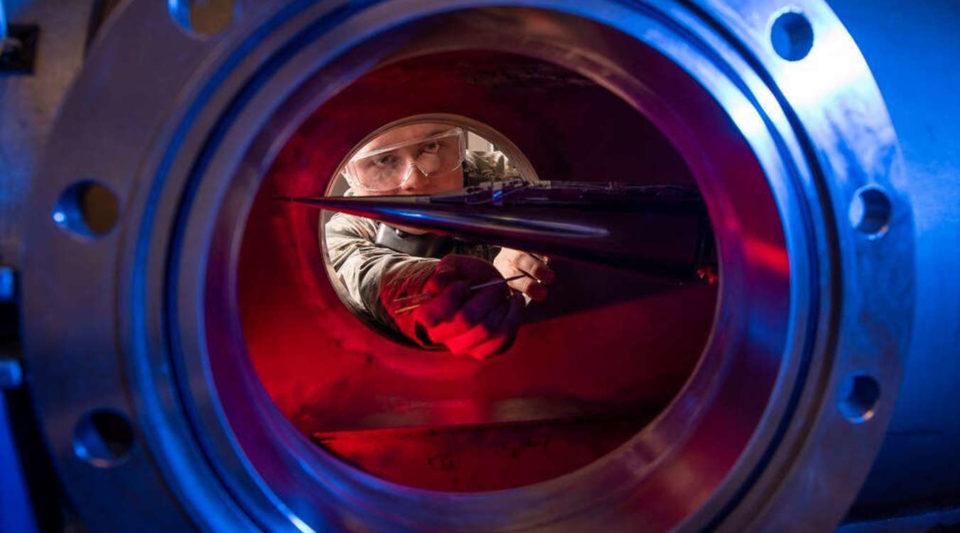
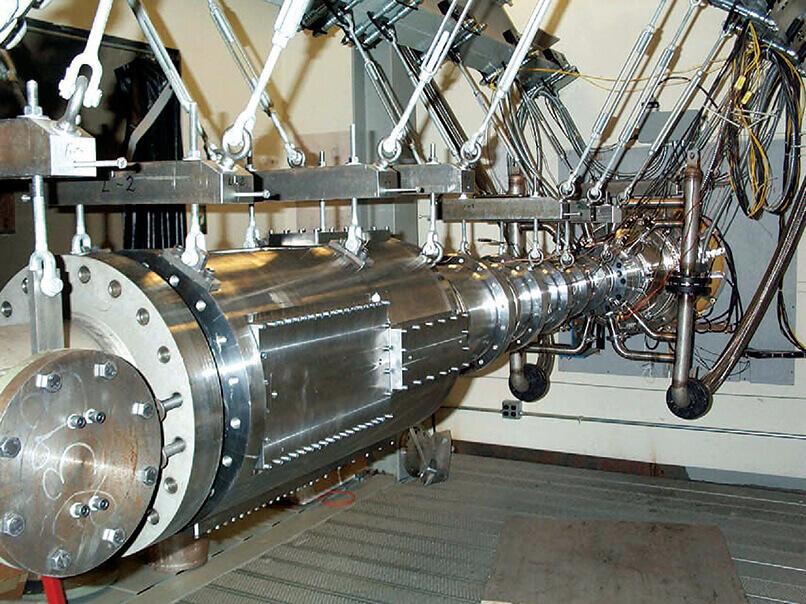
Georgia Tech and Lockheed Martin
A second speaker at the April 5 webinar, journalist Indigo Olivier, discussed an article she wrote for In These Times about Georgia Tech and Lockheed Martin, the number one employment recruiter on campus. Lockheed houses four university laboratories that have worked on Black Hawk helicopters and the F-35 jet on its aeronautics campus in Marietta while developing a collaboration on hypersonic missile research.

Olivier wrote that, “if you’re an engineering student at Georgia Tech, Lockheed is omnipresent. You may run into Lockheed’s recruiters at career fairs or in the lobbies of the Student Success Center, the School of Electrical and Computer Engineering or the College of Computing. They may be hosting a seminar on space exploration in the Clary theater…or sponsoring challenges and awarding prizes to students during ‘Engineering Week’ or hosting workshops where teams use Minecraft and Lego bricks to explore the future of digital work.”
Olivier continued:
“You’ll see Lockheed’s logo displayed on the career center’s website and job portal alongside such other corporations as ExxonMobil, Capital One and The Home Depot—just one of Lockheed’s privileges as a member of the university’s Corporate Partnership program. As an Executive Partner, Lockheed is provided with interview rooms, consultations with the school’s employer relations team, and access to an online resume book featuring current students and recent graduates. Georgia Tech also assists students with a Lockheed cover letter template. And of course, there’s Lockheed Martin Day [when] they show off flight simulations and you might give a recruiter your résumé and they might give you an interview.”

Reflecting Distorted National Priorities
Lockheed’s deep research into higher education reflects national priorities. Since 9/11, the U.S. has spent $8 trillion on war. In 2020, for the first time, federal funding to Lockheed surpassed that of the U.S. Department of Education, the federal agency tasked with dispensing scholarships and Pell grants.

In 2023, the Biden administration requested $813 billion in defense spending, which includes the largest ever allocation for research and development.
According to Michael Klare, the Pentagon has made the calculation that it increasingly requires the expertise of academics to help it sustain a military-technological edge over Russia and China, whose governing bureaucracies directly employ top scientists.
And universities—desperate for cash in an era of neo-liberal budget cutbacks—are eager for the revenue that the military can provide.
The flip side of all this, Klare said, is the exploitation of scientific and technological discovery for nefarious purposes, and distortion of the academic mission, which is to foster the “open exchange of ideas for the benefit of humanity.”
Where Is the Resistance?
Students have expressed unease about defense contractors’ presence on campus. A recent Georgia Tech graduate told Olivier that “a lot of people he knew [who went to work for Lockheed after graduation] weren’t 100% comfortable working on defense contracts, working on things that are basically going to kill people,” though he also said that the lucrative pay was offsetting.
When asked whether there was any movement against the militarization of higher education, Klare said that, apart from some small and scattered campus groups, he was unaware of any.
Klare was part of the 1968 Columbia University uprising, which targeted President Grayson Kirk’s relations with corporate industries that profited from U.S. military interventions, and the university’s relationship with the Institute for Defense Analysis (IDA), a weapons research think tank affiliated with the Pentagon which worked on projects related to the Vietnam War.[2]


Around the same time, Students for a Democratic Society (SDS) led sit-in demonstrations at MIT’s Draper and Lincoln Labs, which worked on guided and anti-missile missiles in contracts with Raytheon Corporation, and projects suitable for guiding “smart bombs,” Multiple Independently Targeted Reentry Vehicles (MIRVs), and fire and inertial navigation systems used to stabilize the flight of helicopter gunships and later of cruise missiles and drones.[3]
Joel Feigenbaum of the Science Action Coordinating Committee (SACC) urged MIT’s students at the time to perceive the connection between “our sparkling, expensive laboratories and the instruments of death produced by the fellow next door. We [students] cannot live comfortably in a place such as MIT which declares it is apolitical while producing MIRVs, ABMs [Anti-Ballistic Missiles] and weapons for Vietnam.”[4]
Students today, unfortunately, have been able to live comfortably at MIT and other campuses producing death instruments that would have once seemed conceivable only in science-fiction novels.
A key reason is the absence of a draft and the fact that campus activism has been channeled into culture wars and identity politics.
If the new Cold War escalates and students increasingly feel threatened by the prospect of nuclear war, then renewed campus anti-war activism may yet re-emerge—hopefully before it is too late to save our species from the weapons developed by all those bright men and women with Ph.D.s.

-
Hypersonic missiles travel five times the speed of sound for as many as 3,500 miles. ↑
-
These projects included the development of the electronic battlefield, a ring of censors along the Ho Chi Minh Trail connected to air bases in Thailand, which when set off would trigger bombing attacks. ↑
-
Susa Bridger, Scientists at War: The Ethics of Cold War Weapons Research (Cambridge, MA: Harvard University Press, 2015); Michael Albert, Remembering Tomorrow: From SDS to Life After Capitalism-A Memoir (New York: Seven Stories Press, 2006); Jon Nordheimer, “Protests Disturb Lab Men at M.I.T.,” New York Times, November 9, 1969, 61; Bob Park, “Raytheon: The Tip of a Stolen Iceberg,” Science for the People, Vol. III, No. 3, July 1971, 14-18, 26. In May 1970, MIT divested itself of the Draper Lab in a triumph for anti-war forces, though President Howard W. Johnson retained the Lincoln Laboratory. At Stanford, students during this era burned the ROTC building, fire-bombed the president’s office, and blocked traffic around the Stanford Research Institute (SRI), a government and Bechtel Corporation-funded high technology scientific research organization connected to the Defense Department and its affiliated Applied Electronics Laboratory, which students occupied. The protests occurred after demands had been issued to halt all classified research including into Air Force reconnaissance and surveillance systems and chemical and biological warfare. Student radicals later stormed the university’s computational center which ran simulation programs used by helicopter and gunship pilots. English Professor H. Bruce Franklin was fired for having urged students to “shut down the machinery of war,” with the protesters causing $800 worth of damage. Richard Lyman, Stanford in Turmoil: Campus Unrest, 1966-1972 (Palo Alto, CA: Stanford University Press, 2009). ↑
-
Kelly Moore, Disrupting Science: Social Movements, American Scientists, and the Politics of the Military, 1945-1975 (Princeton, NJ: Princeton University Press, 2008), 144. ↑
CovertAction Magazine is made possible by subscriptions, orders and donations from readers like you.
Blow the Whistle on U.S. Imperialism
Click the whistle and donate
When you donate to CovertAction Magazine, you are supporting investigative journalism. Your contributions go directly to supporting the development, production, editing, and dissemination of the Magazine.
CovertAction Magazine does not receive corporate or government sponsorship. Yet, we hold a steadfast commitment to providing compensation for writers, editorial and technical support. Your support helps facilitate this compensation as well as increase the caliber of this work.
Please make a donation by clicking on the donate logo above and enter the amount and your credit or debit card information.
CovertAction Institute, Inc. (CAI) is a 501(c)(3) non-profit organization and your gift is tax-deductible for federal income purposes. CAI’s tax-exempt ID number is 87-2461683.
We sincerely thank you for your support.
Disclaimer: The contents of this article are the sole responsibility of the author(s). CovertAction Institute, Inc. (CAI), including its Board of Directors (BD), Editorial Board (EB), Advisory Board (AB), staff, volunteers and its projects (including CovertAction Magazine) are not responsible for any inaccurate or incorrect statement in this article. This article also does not necessarily represent the views the BD, the EB, the AB, staff, volunteers, or any members of its projects.
Differing viewpoints: CAM publishes articles with differing viewpoints in an effort to nurture vibrant debate and thoughtful critical analysis. Feel free to comment on the articles in the comment section and/or send your letters to the Editors, which we will publish in the Letters column.
Copyrighted Material: This web site may contain copyrighted material the use of which has not always been specifically authorized by the copyright owner. As a not-for-profit charitable organization incorporated in the State of New York, we are making such material available in an effort to advance the understanding of humanity’s problems and hopefully to help find solutions for those problems. We believe this constitutes a ‘fair use’ of any such copyrighted material as provided for in section 107 of the US Copyright Law. You can read more about ‘fair use’ and US Copyright Law at the Legal Information Institute of Cornell Law School.
Republishing: CovertAction Magazine (CAM) grants permission to cross-post CAM articles on not-for-profit community internet sites as long as the source is acknowledged together with a hyperlink to the original CovertAction Magazine article. Also, kindly let us know at info@CovertActionMagazine.com. For publication of CAM articles in print or other forms including commercial internet sites, contact: info@CovertActionMagazine.com.
By using this site, you agree to these terms above.
About the Author

Jeremy Kuzmarov holds a Ph.D. in American history from Brandeis University and has taught at numerous colleges across the United States. He is regularly sought out as an expert on U.S. history and politics for radio and TV programs and co-hosts a radio show on New York Public Radio and on Progressive Radio News Network called “Uncontrolled Opposition.”
He is Managing Editor of CovertAction Magazine and is the author of six books on U.S. foreign policy, including Obama’s Unending Wars (Clarity Press, 2019), The Russians Are Coming, Again, with John Marciano (Monthly Review Press, 2018), Warmonger. How Clinton’s Malign Foreign Policy Launched the U.S. Trajectory From Bush II to Biden (Clarity Press, 2023); and with Dan Kovalik, Syria: Anatomy of Regime Change (Baraka Books, 2025).
Besides these books, Kuzmarov has published hundreds of articles and contributed to numerous edited volumes, including one in the prestigious Oxford History of Counterinsurgency .
He can be reached at jkuzmarov2@gmail.com and found on substack here.










No resistance because there is no draft. The American military has become more like Roman legions of professional mercs. How else can you think about “private militaries” like G4S and whatever Black Rock is now or the CIA’s Al Qaeda aka ISIS. Same in Russia. Money is power and it always ends up in private hands, especially in a free society. American kids are unthinking, unhealthy, uncaring, narcissistic fools unable to think about anything but their gender, and getting high. Perfect citizens for 1984. They are unfit and unmotivated for the military so why stir them up by drafting them?
[…] The Pentagon Has Been Recolonizing University Campuses—Why Aren’t More Students Protesting? […]
•Abortion rights are gone. Why aren’t more students protesting?
•Blue states don’t have the right to curtail guns within their states anymore.
Why aren’t more students protesting?
•We are inching into ww3. Why aren’t more students protesting?
Perhaps because…….the children of millennials are only taught 2 things: get paid, get laid. nothing else. this ain’t the boomers.
They’re too busy dying their hair pink and assaulting women (and men) who go to women’s rights gatherings. (And they love to blame us boomers for everything!)